Home>Ideas and Tips>Indoor Rubber Plant Care Guide and Bold Foliage for Your Home
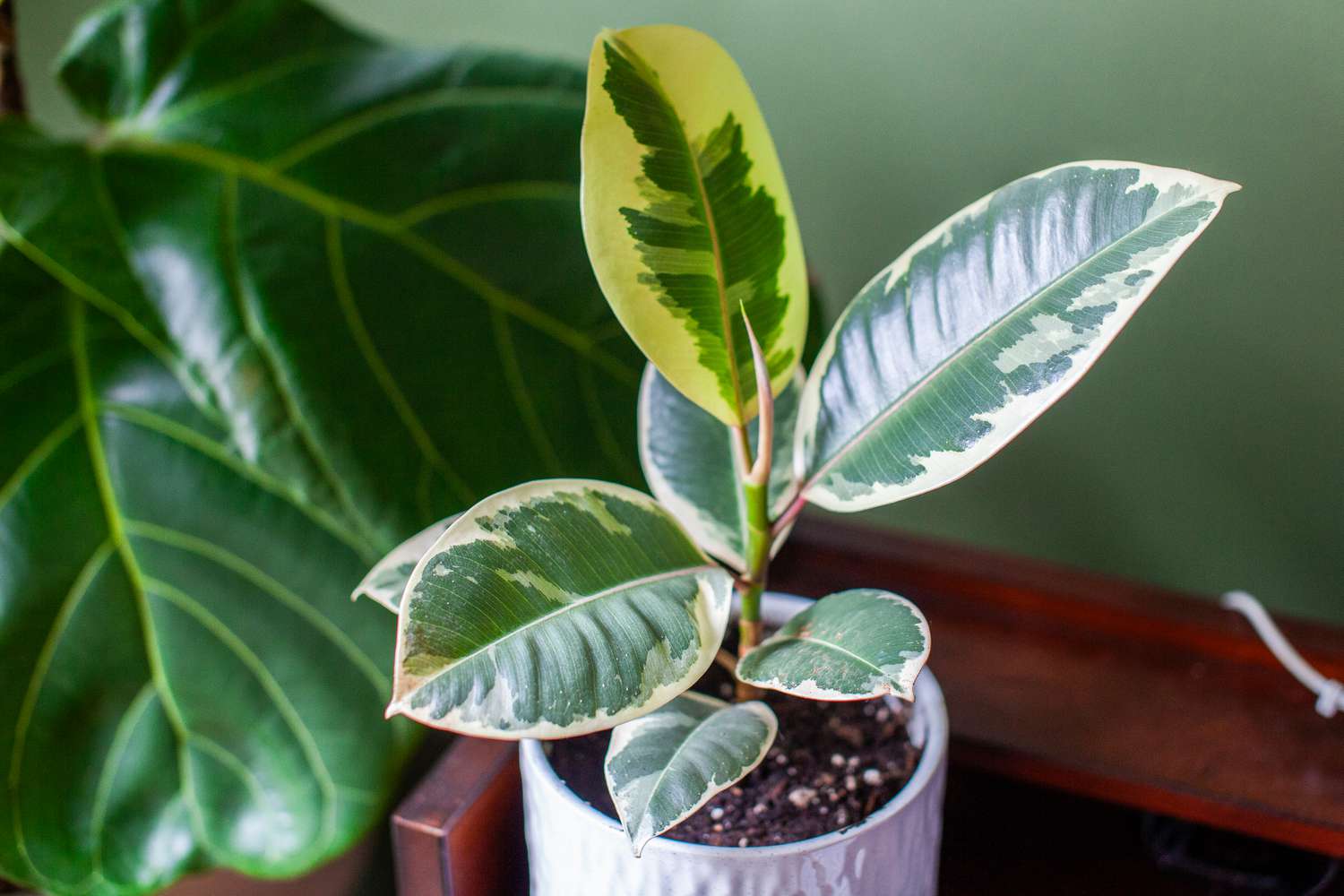

Ideas and Tips
Indoor Rubber Plant Care Guide and Bold Foliage for Your Home
Published: September 18, 2024
Discover essential tips for thriving indoor rubber plants. Learn about lighting, watering, fertilizing, and more to keep your Ficus elastica healthy.
(Many of the links in this article redirect to a specific reviewed product. Your purchase of these products through affiliate links helps to generate commission for Storables.com, at no extra cost. Learn more)
Rubber plants, scientifically known as Ficus elastica, are one of the most popular and versatile houseplants. Their large, glossy leaves add a touch of elegance and tropical charm to any indoor space. With proper care, these plants can thrive for years, providing a beautiful and air-purifying addition to your home. In this comprehensive guide, we will cover everything you need to know about caring for your indoor rubber plant, from lighting and watering to fertilizing and pest control.
Choosing the right location for your rubber plant is crucial. These plants love bright indirect light but can tolerate direct sunlight if it's not too intense. Placing your plant near an east- or west-facing window is ideal, as these windows receive gentle, consistent light throughout the day. If you have a south-facing window, it's best to keep your rubber plant several feet back to avoid direct sunlight, which can cause sunburn on the leaves. Avoid placing your rubber plant in areas with drafts or near heating vents. These conditions can cause stress to the plant, leading to leaf drop and other issues. Ideally, keep your rubber plant in a room with a medium to bright temperature range of 60-70 degrees Fahrenheit (15-21 degrees Celsius). This temperature range is comfortable for most houseplants and will help your rubber plant thrive.
Watering is one of the most critical aspects of caring for your rubber plant. These plants prefer consistently moist soil but not soggy roots. Here’s how to check if your plant needs water:
- Moisture Check: Stick a skewer or your finger into the soil about three inches deep. If the top two inches of soil are dry, it’s time to water.
- Watering Frequency: The frequency of watering will vary depending on the size of your planter, its proximity to a window, and the time of year. In general, water your rubber plant when the top two inches of soil have dried out.
- Amount of Water: Water deeply until water drains from the holes in the planter or until you’ve used about 1/4 of the container size in water if it doesn’t have drainage holes. For example, if your plant is in a 4-gallon container, use about 1 gallon of water.
Tips for Watering
- Avoid Overwatering: Rubber plants are susceptible to root rot if the soil is too wet. Check the moisture level regularly to avoid overwatering.
- Underwatering: On the other hand, if you notice your leaves turning brown and crispy, it might be a sign that the plant isn’t getting enough water.
Fertilizing is essential for providing your rubber plant with the necessary nutrients for growth. Here are some tips on how to fertilize your rubber plant:
- Optimal Fertilizing Time: The best time to fertilize your rubber plant is during spring and summer when it’s actively growing. Early fall is also a good time if you live in a temperate climate.
- Types of Fertilizers: You can use either granular or liquid fertilizers. Some popular options include Happy Frog or Ocean Forest potting mixes, which are formulated for container planting and have high-quality ingredients. For liquid fertilizers, consider using Happy Happy Houseplant Plant Food, which is highly recommended for its consistency and effectiveness in promoting new growth.
- Application Method: Apply fertilizers once a month during the growing season. Dilute liquid fertilizers with an equal measure of water since rubber plants aren’t big feeders.
Tips for Fertilizing
- Avoid Overfertilizing: Too much fertilizer can be harmful to your plant. Start with small amounts and gradually increase as needed.
- Soil Preparation: Before fertilizing, make sure your plant has well-draining soil to prevent nutrient buildup in the soil.
Using the right type of soil is crucial for the health and growth of your rubber plant. Here are some tips on how to prepare the soil:
- Well-Draining Soil: Rubber plants prefer well-draining soil that provides aeration. Avoid using regular garden soil as it can compact and prevent proper drainage.
- Potting Mixes: Consider using all-purpose indoor mixes like Happy Frog or Ocean Forest, which are specifically formulated for container planting and have high-quality ingredients.
- Additives: To enhance drainage and aeration, you can add perlite or coco chips to your potting mix.
Tips for Soil Preparation
- Repotting: If you notice your plant is outgrowing its pot or showing signs of nutrient deficiency, repot it in the spring using houseplant compost.
- Soil pH: Rubber plants prefer slightly acidic to neutral soil pH (around 6.0-7.0).
Pruning is an essential part of maintaining your rubber plant's shape and promoting healthy growth. Here are some tips on how to prune your rubber plant:
- Pruning Tools: Use clean, sharp pruning tools to avoid spreading diseases.
- Pruning Techniques:
- Cutting Back the Central Stem: If your rubber plant is getting too tall, you can prune the central stem back to a leaf node. This will encourage branching and prevent the plant from becoming leggy.
- Removing Dead Leaves: Regularly remove any dead or dying leaves to maintain the plant's appearance and prevent the spread of disease.
- Shaping: Prune branches to maintain a desired shape or encourage bushy growth.
Tips for Pruning
- Timing: Prune your rubber plant during the growing season (spring and summer) when it’s actively producing new growth.
- Cutting Techniques: Cut branches at a 45-degree angle just above a node to promote new growth.
Rubber plants are susceptible to various pests, including scale, mealybugs, and spider mites. Here are some tips on how to manage these pests:
- Identification: Regularly inspect your plant for signs of pests. Look for white cottony patches (mealybugs), brown spots (scale), or fine webbing (spider mites).
- Pest Control Methods:
- Neem Oil: Neem oil is effective against most pest infestations. Mix neem oil with water according to the product's instructions and spray it on the affected areas.
- Insecticidal Soap: Insecticidal soap is another effective method for managing pests. Spray it directly on the affected areas.
- Isolation: Isolate your plant from other houseplants to prevent the spread of pests.
Tips for Pest Control
- Prevention: Keep an eye out for pests early on and take action immediately to prevent infestations from spreading.
- Regular Inspections: Regularly inspect your plant for signs of pests to catch them early.
Rubber plants are toxic to cats and dogs due to the presence of latex in their veins. Here are some tips on how to keep your pets safe around your rubber plant:
- Toxicity Levels: The ASPCA lists rubber plants as toxic to pets. While some plants may be more toxic than others, it's always best to keep them out of reach.
- Pet-Friendly Alternatives: If you have pets that like to nibble on plants, consider using pet-friendly alternatives like spider plants or catnip.
Tips for Pet Safety
- Research: Research which plants are toxic to your pets and take necessary precautions.
- Placement: Place toxic plants in areas where pets cannot easily access them.
Rubber plants have large, glossy leaves that can get dirty quickly. Here are some tips on how to clean your rubber plant's leaves:
- Cleaning Tools: Use a soft, lint-free cloth or a spray bottle with water to clean the leaves.
- Cleaning Techniques:
- Dusting: Regularly wipe away dust from the leaves using a clean cloth.
- Spraying: Spray the leaves with water every few days to keep them moist and clean.
Tips for Cleaning
- Frequency: Clean your rubber plant's leaves once or twice a year, depending on how quickly they get dirty.
- Method: If the leaves are small enough, you can spray them in the shower or take them outside for a good hosing.
Propagating your rubber plant can be done through stem cuttings or air-layering. Here are some steps on how to propagate your rubber plant:
- Stem Cuttings:
- Cut a stem section about 6-8 inches long from the mother plant.
- Remove lower leaves except for two or three at the top.
- Dip the cut end in rooting hormone powder.
- Plant the cutting in moistened potting mix and keep it warm until roots develop.
- Air-Layering:
- Make a small incision on the stem about 1 inch above a node.
- Wrap moistened sphagnum moss around the incision.
- Secure with twine or wire.
- Roots should develop within a few weeks.
Tips for Propagation
- Timing: Propagate during the growing season when the plant is actively producing new growth.
- Success Rate: Stem cuttings have a higher success rate compared to air-layering.
Despite proper care, rubber plants can still face common problems such as leaf drop, curling leaves, and pests. Here are some tips on how to troubleshoot these issues:
- Leaf Drop:
- Sudden loss of leaves may occur when the plant adjusts to its new environment.
- Ensure it’s getting enough sunlight and isn’t exposed to drafts or temperatures below 55°F.
- Curling Leaves:
- Most likely due to inadequate watering or low humidity.
- Increase watering frequency or use a humidifier near the plant.
- Pests:
- Regularly inspect for signs of pests and take action immediately if you notice any infestations.
Tips for Troubleshooting
- Monitoring: Regularly monitor your plant for signs of stress or pests.
- Adjustments: Be prepared to make adjustments based on your plant’s specific needs.
Caring for an indoor rubber plant is relatively easy and rewarding. By following these guidelines on lighting, watering, fertilizing, pruning, pest control, pet safety, cleaning leaves, propagation, and troubleshooting common problems, you can ensure your rubber plant thrives in its new home. Remember that every plant is unique, so observe your plant closely and make adjustments as needed. With proper care and attention, your rubber plant will become a stunning addition to any room in your home.
By following this comprehensive guide, you'll be well-equipped to provide your rubber plant with the best possible care. Whether you're a seasoned gardener or just starting out with houseplants, these tips will help you keep your rubber plant healthy and thriving for years to come.
Was this page helpful?
At Storables.com, we guarantee accurate and reliable information. Our content, validated by Expert Board Contributors, is crafted following stringent Editorial Policies. We're committed to providing you with well-researched, expert-backed insights for all your informational needs.
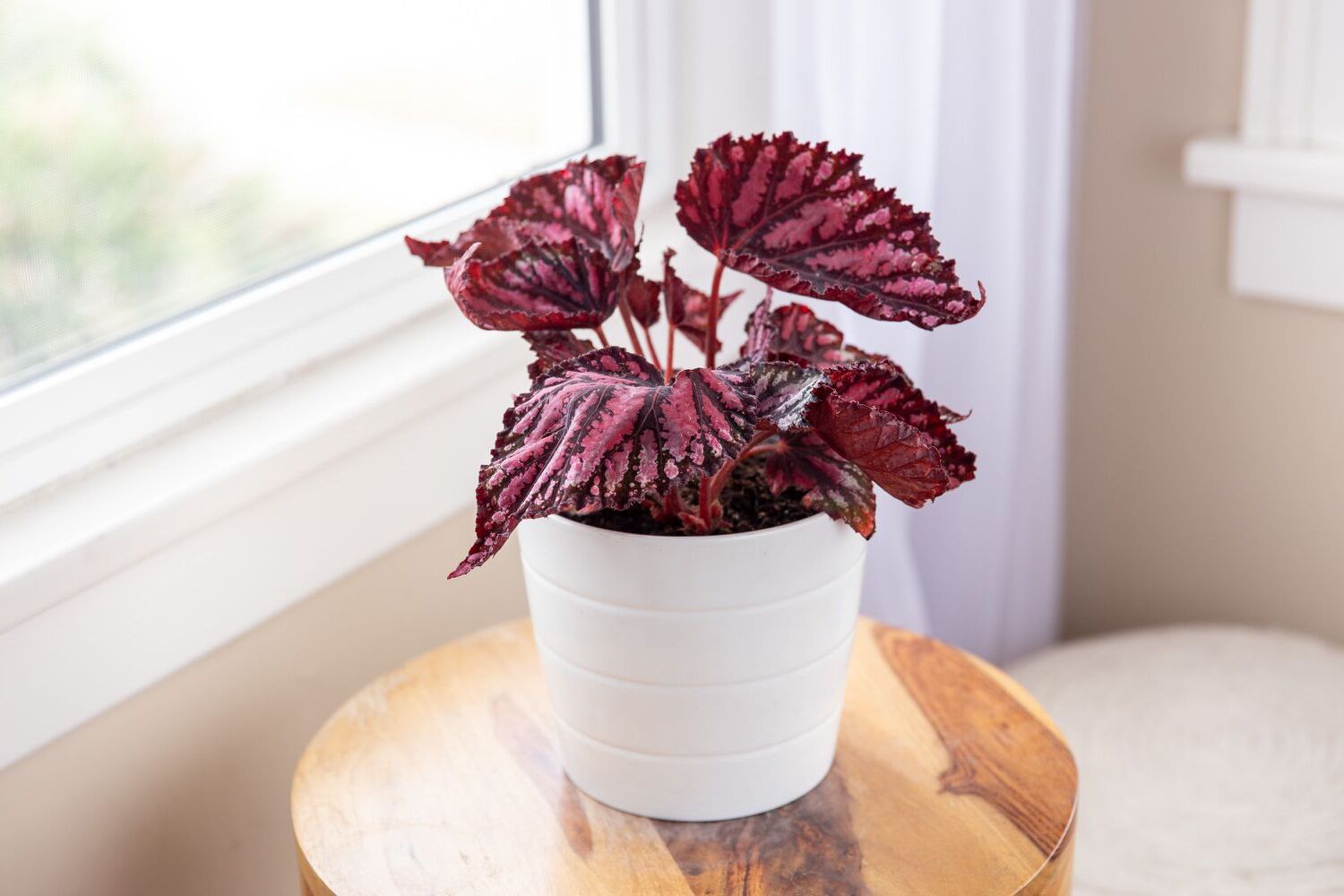
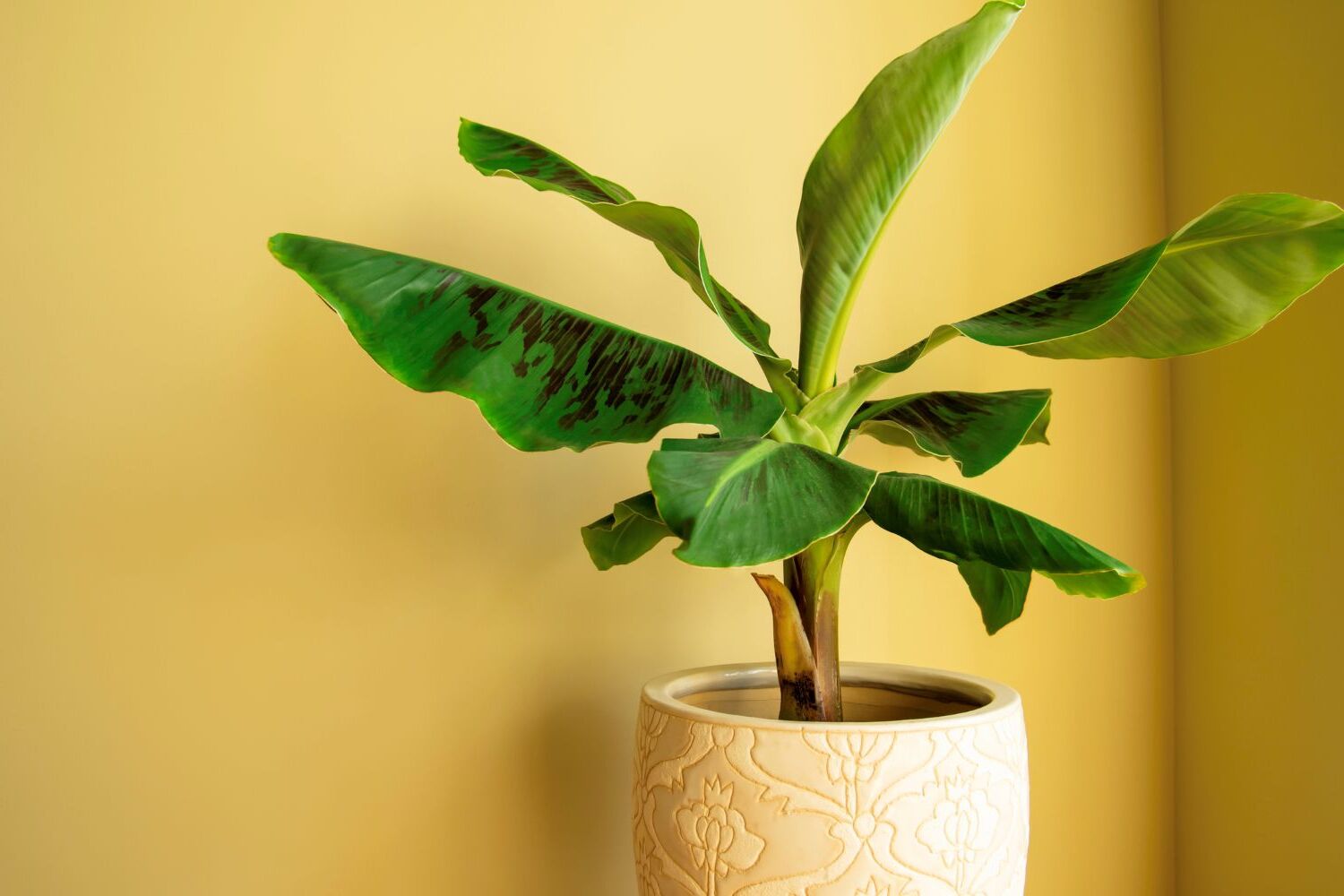
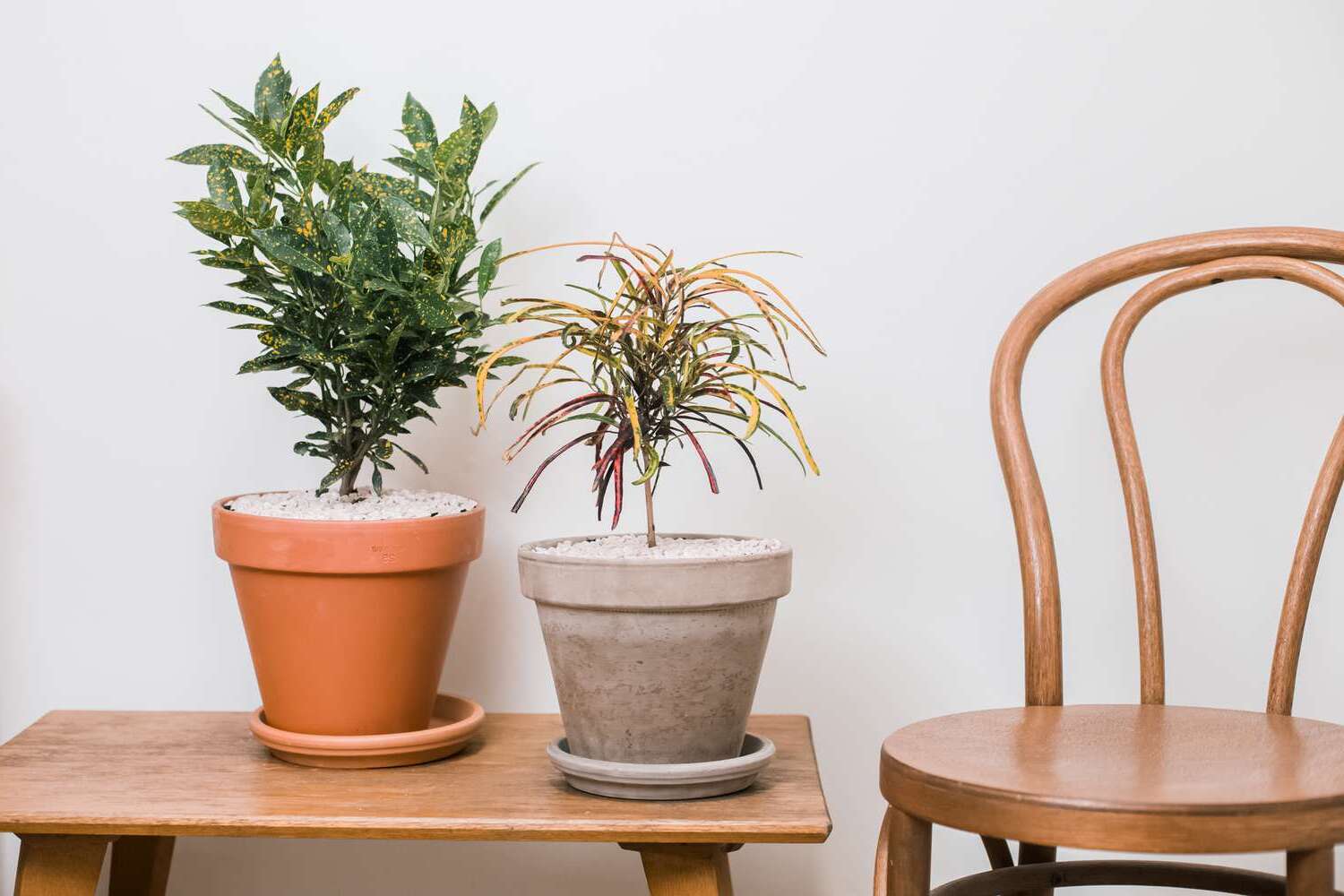
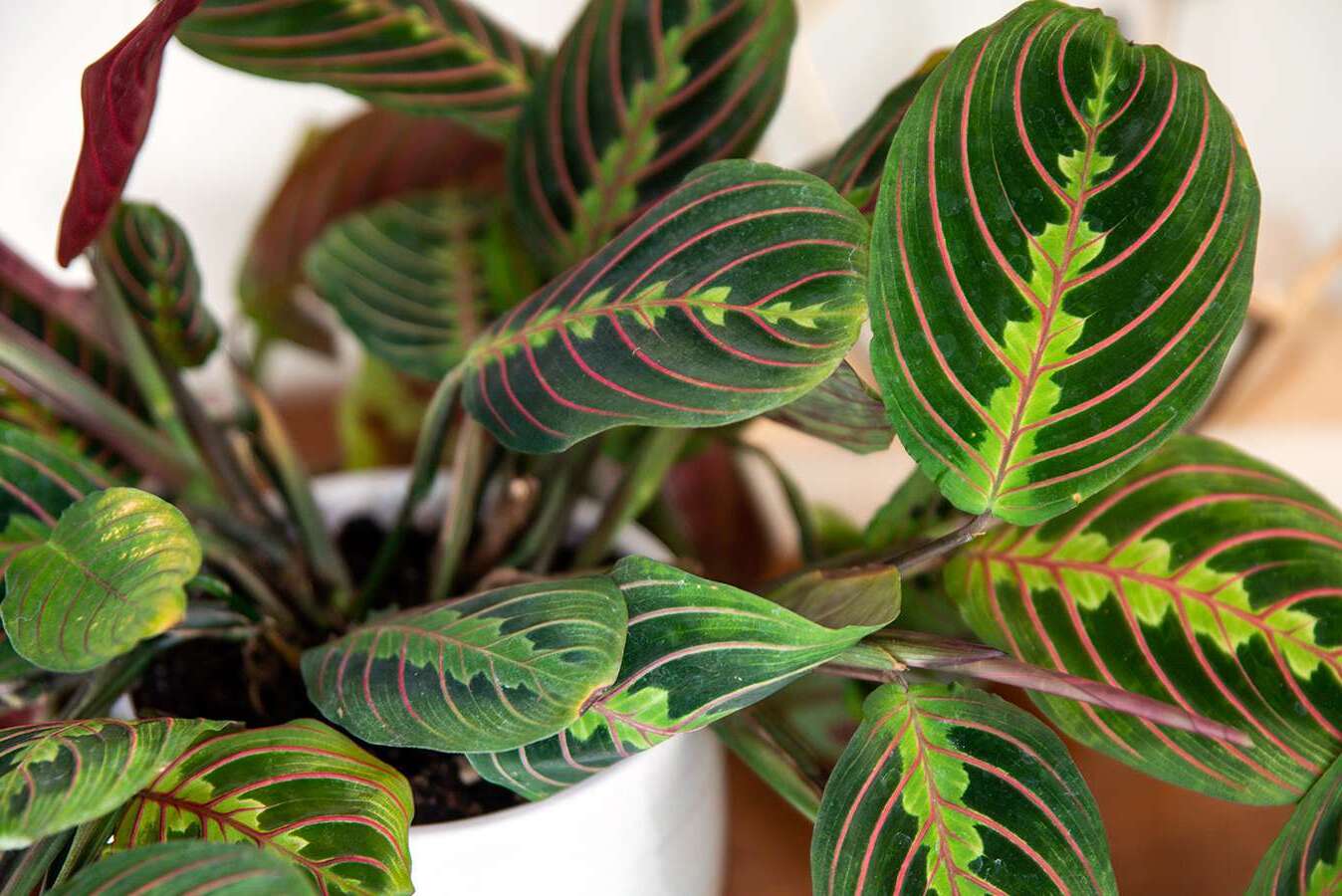
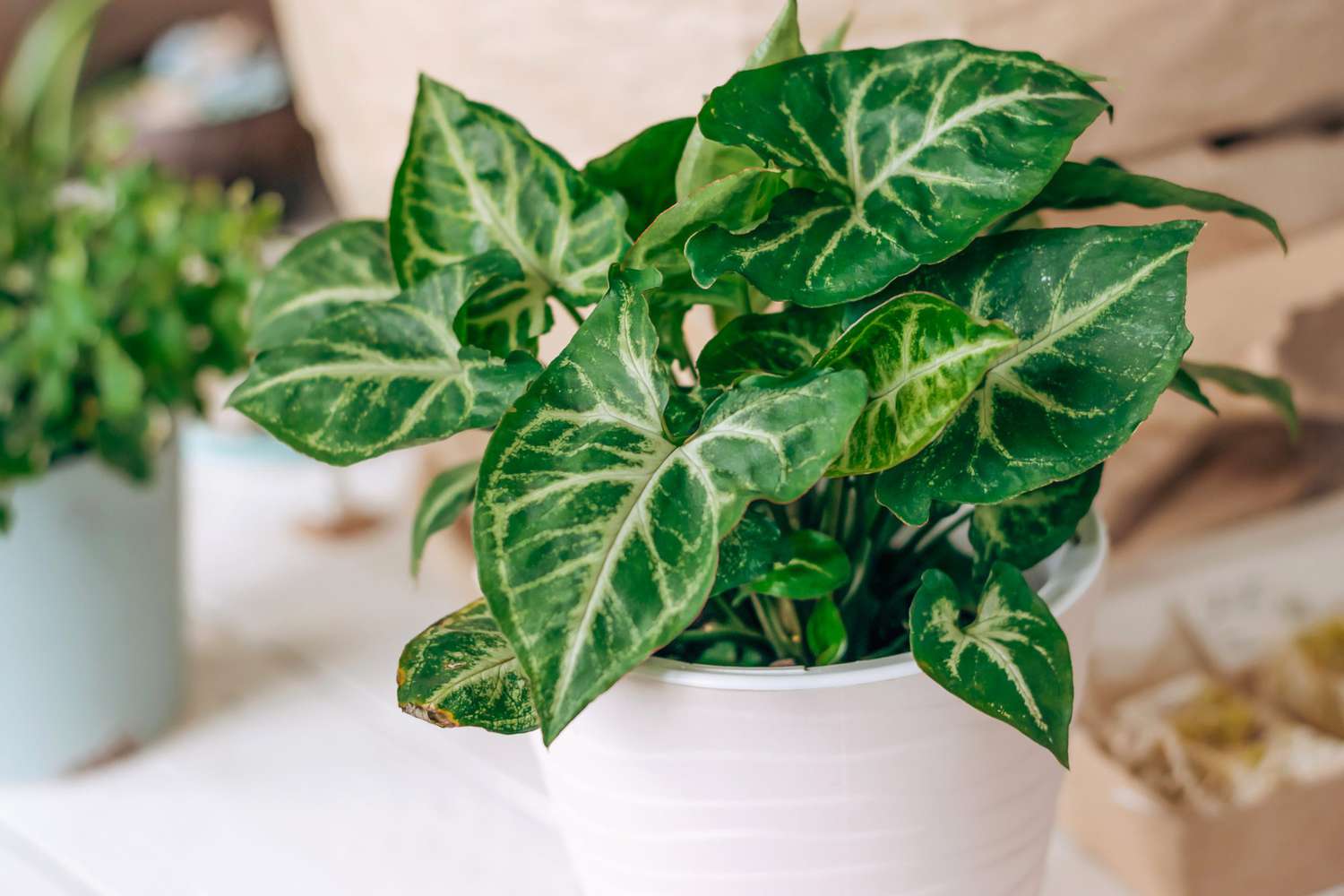
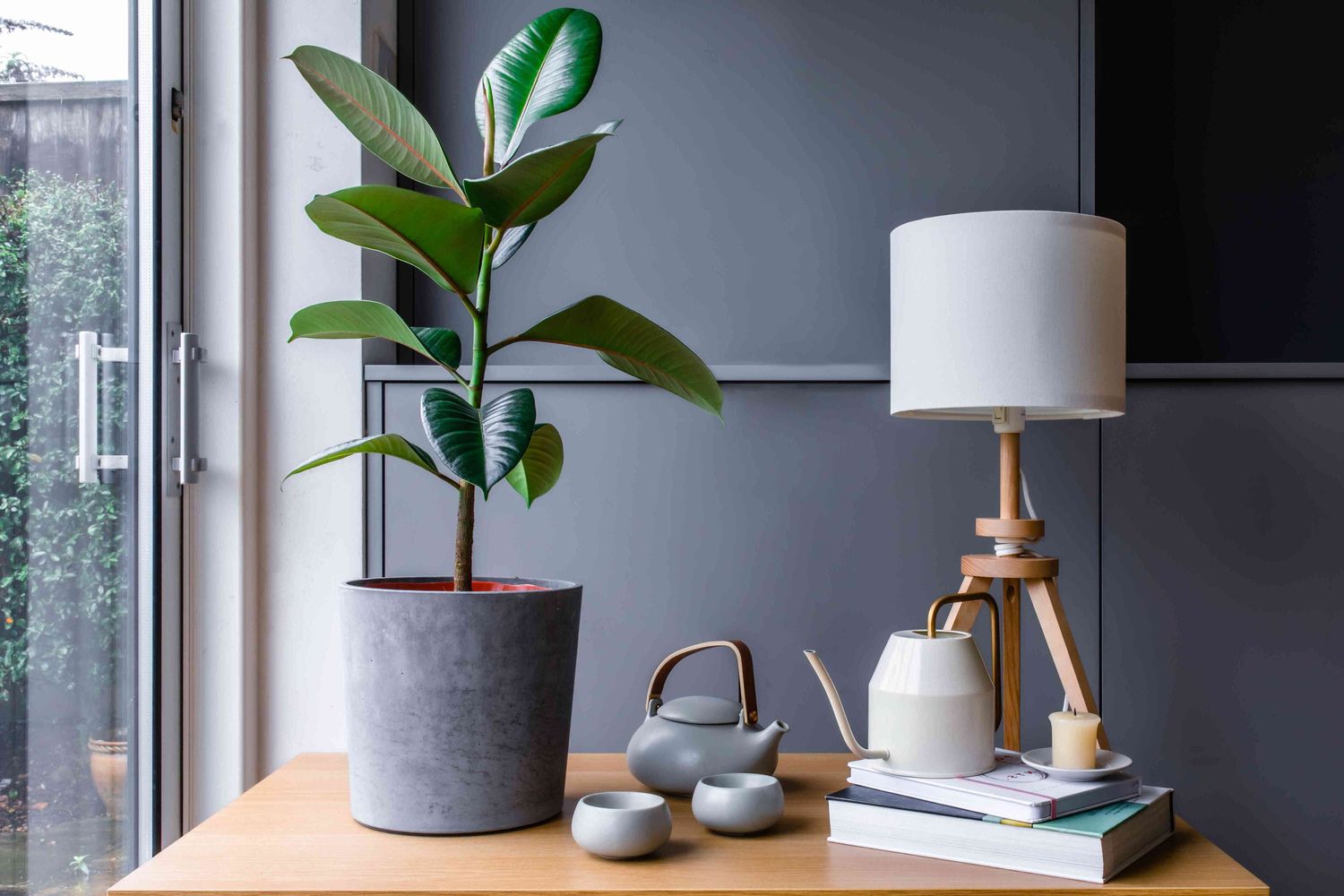
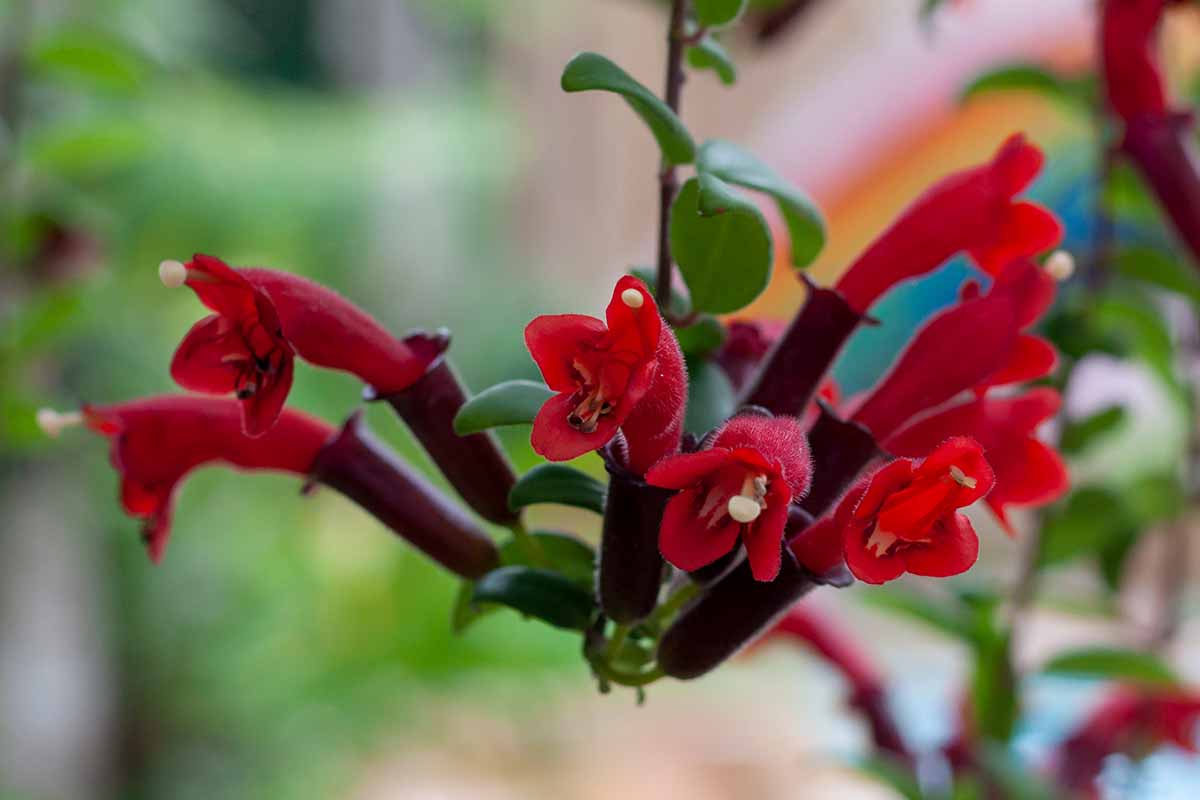
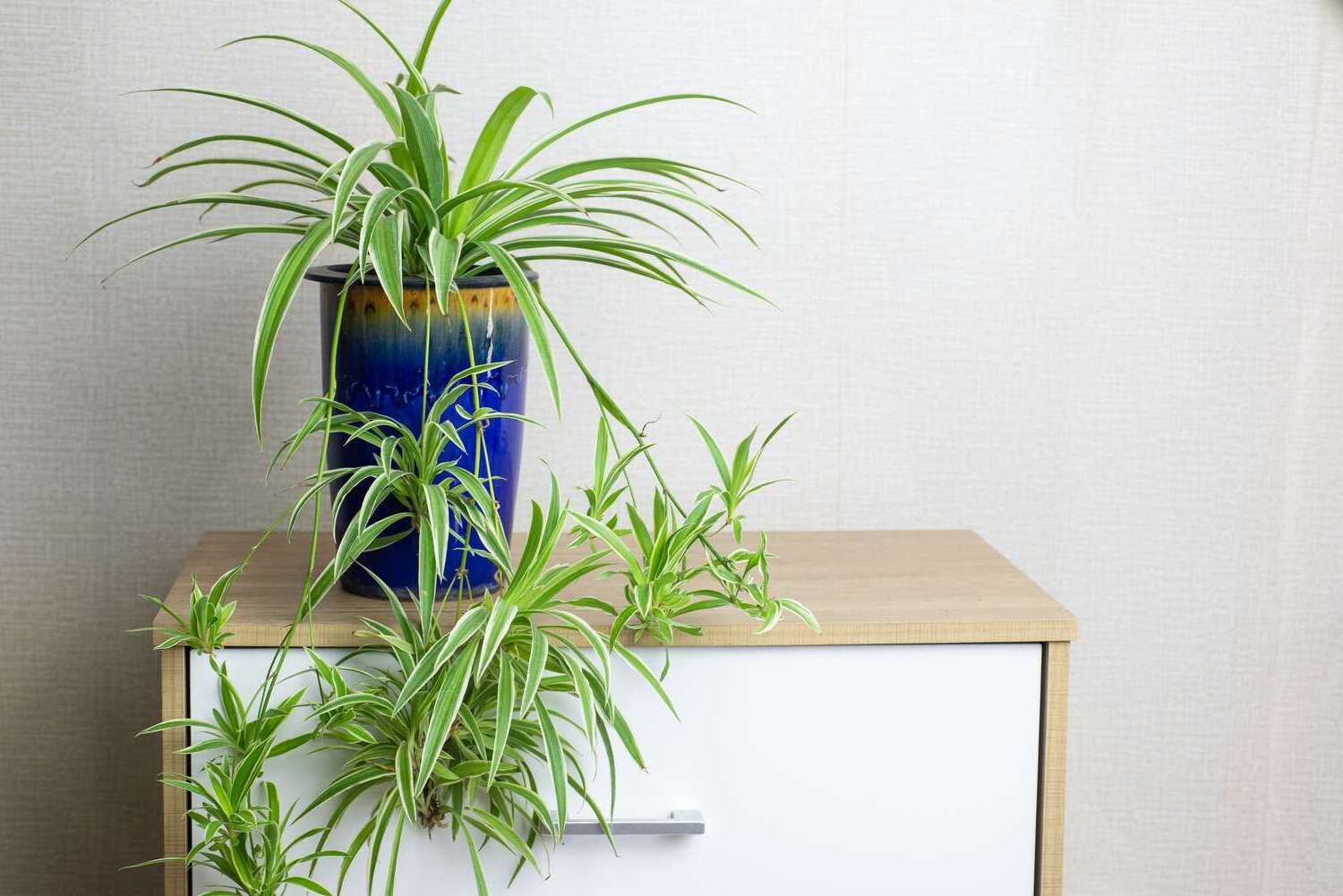
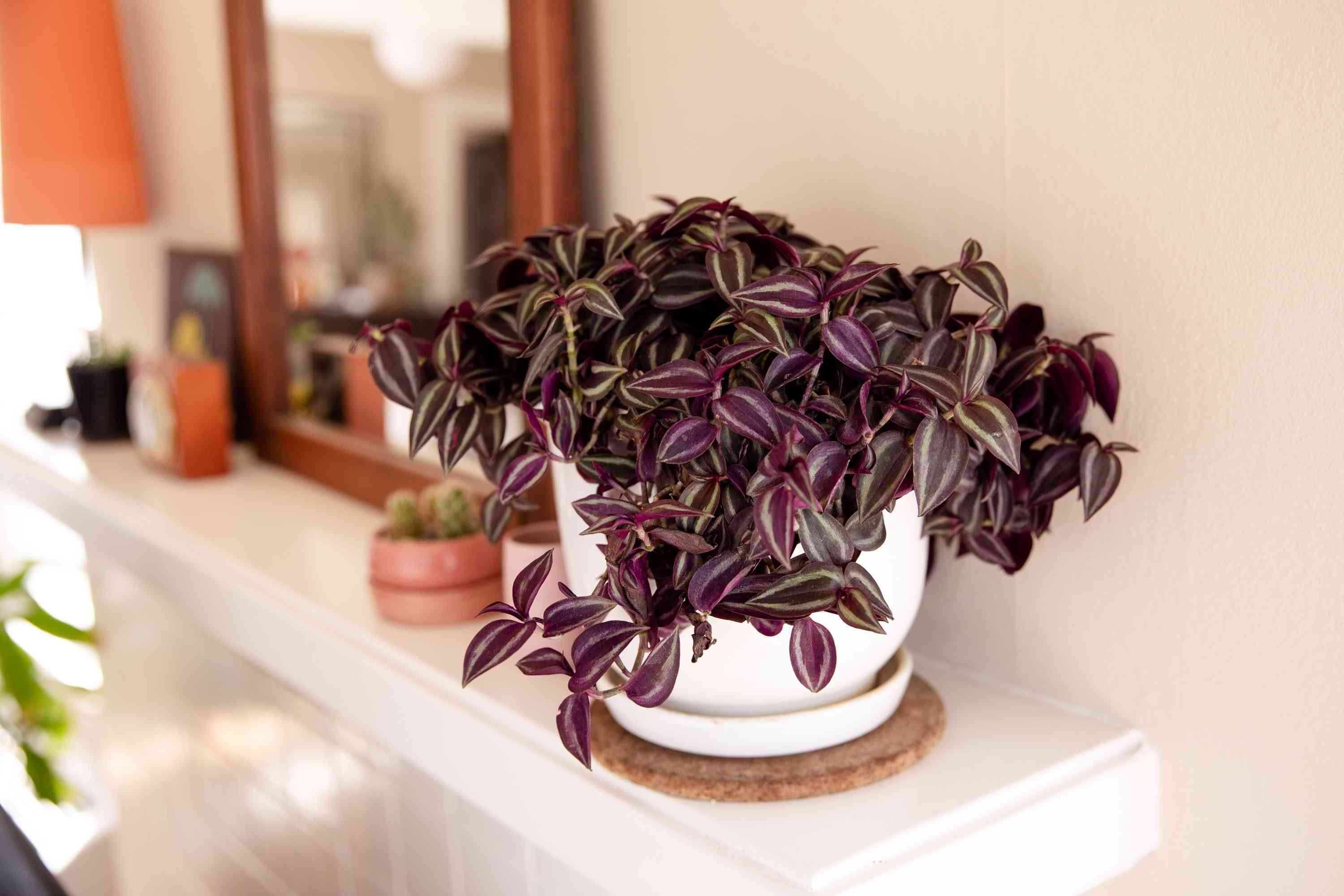
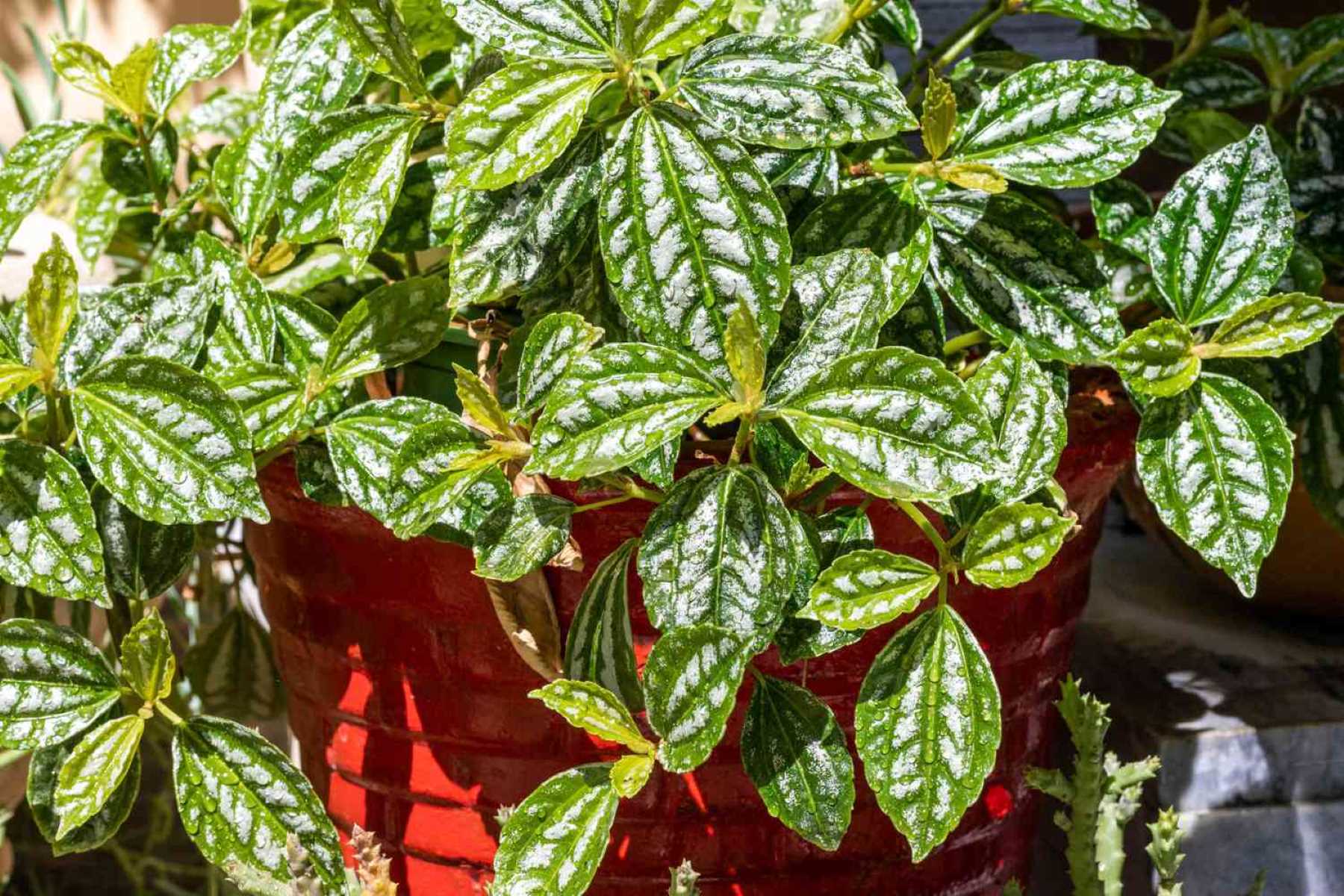
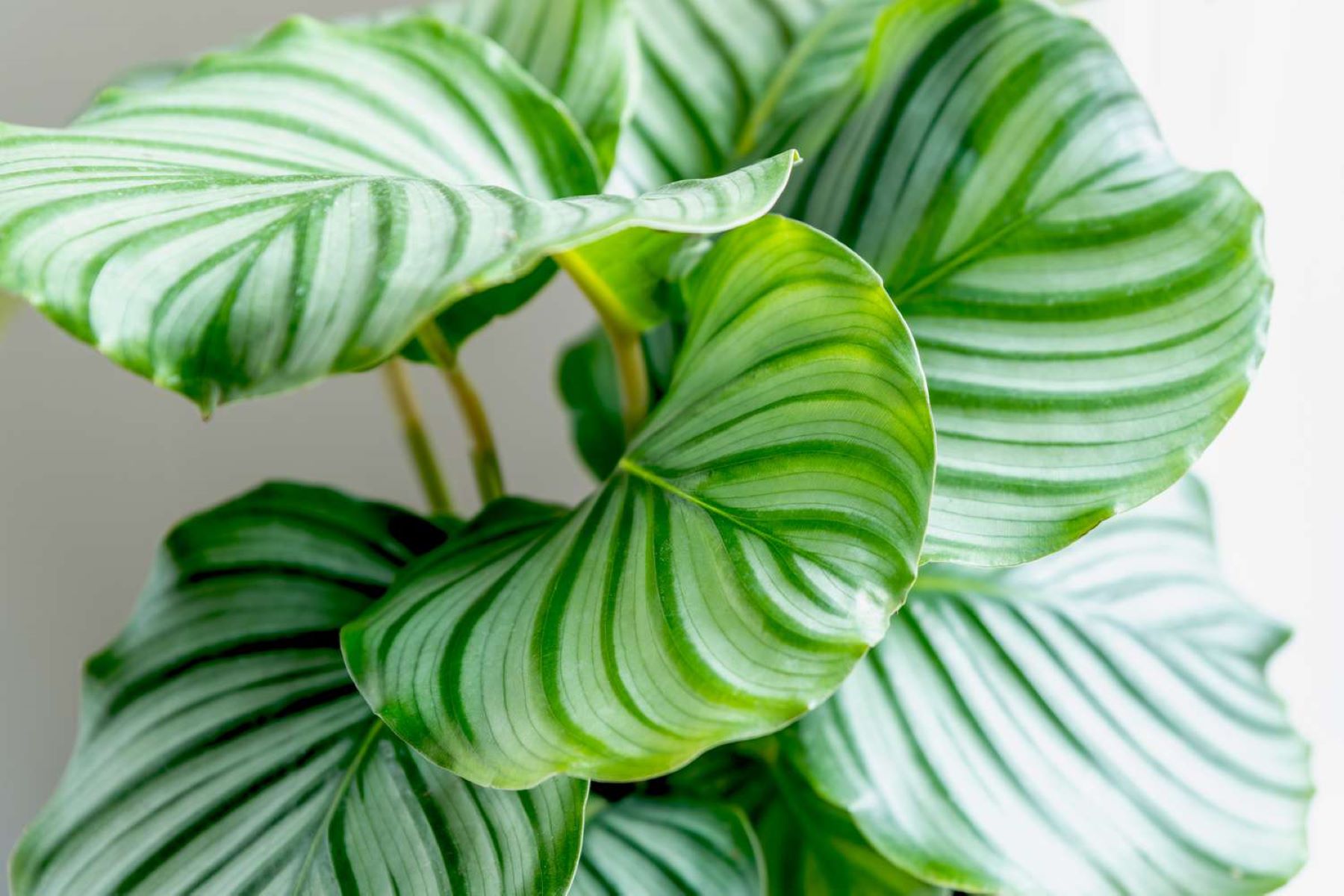
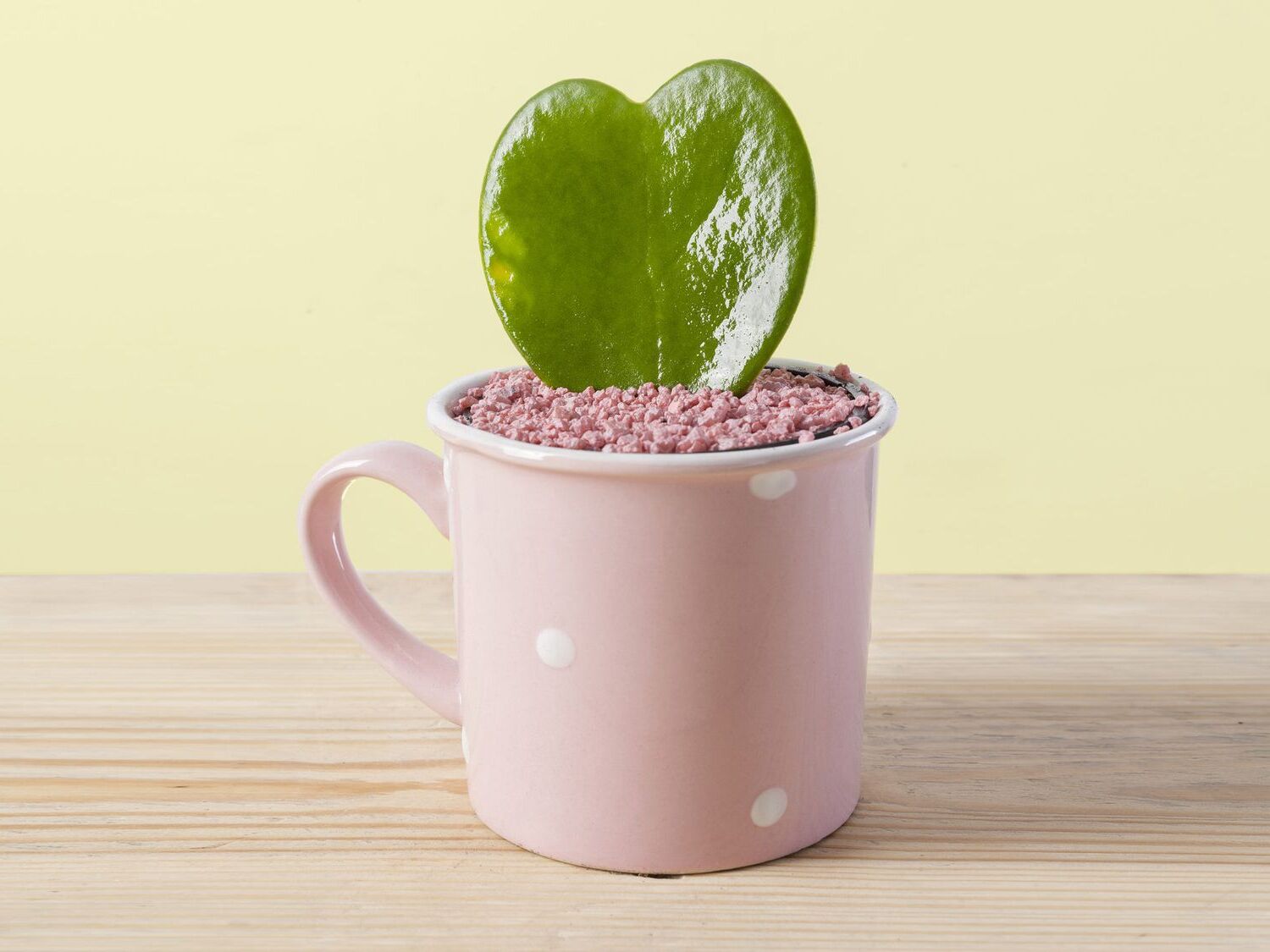
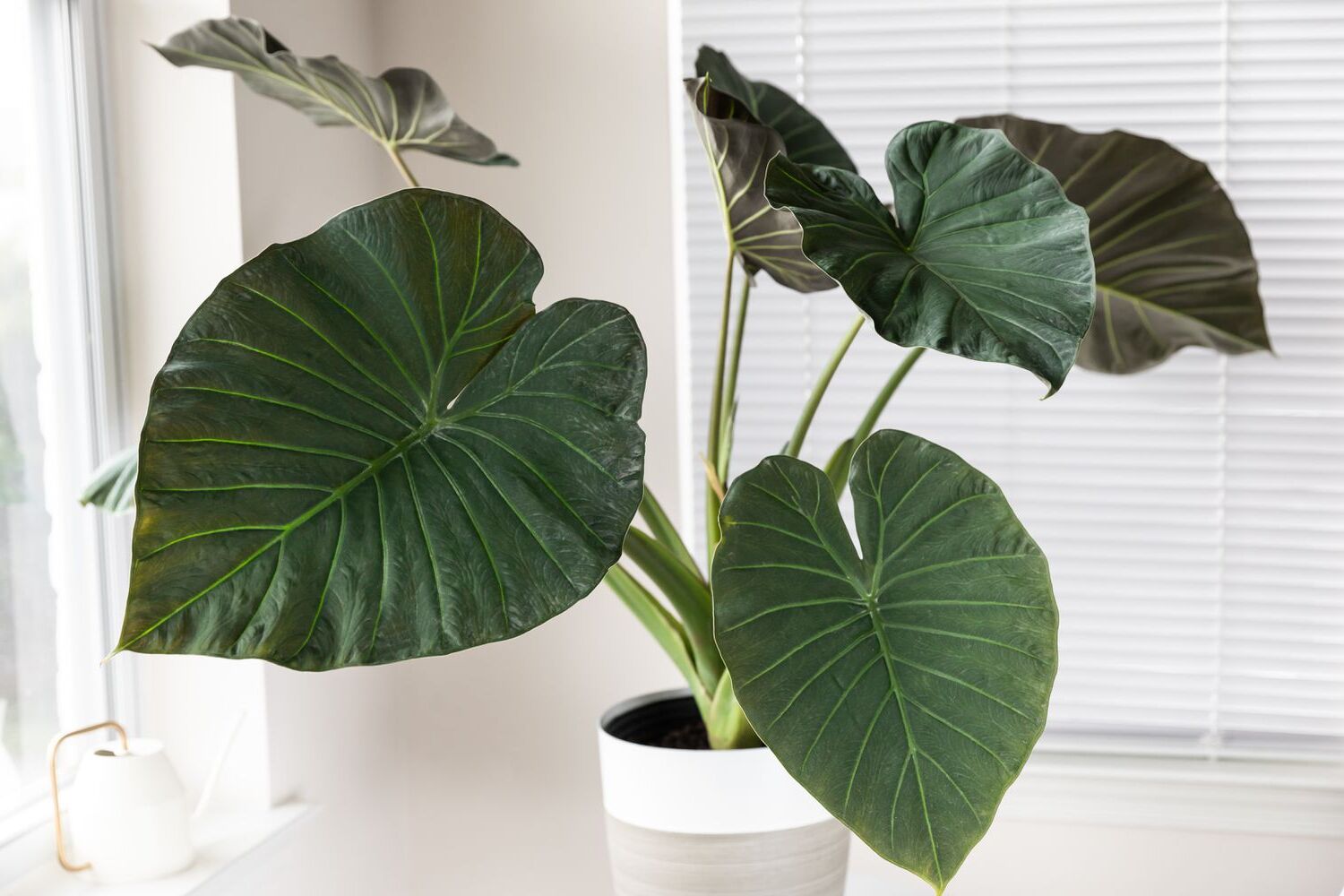
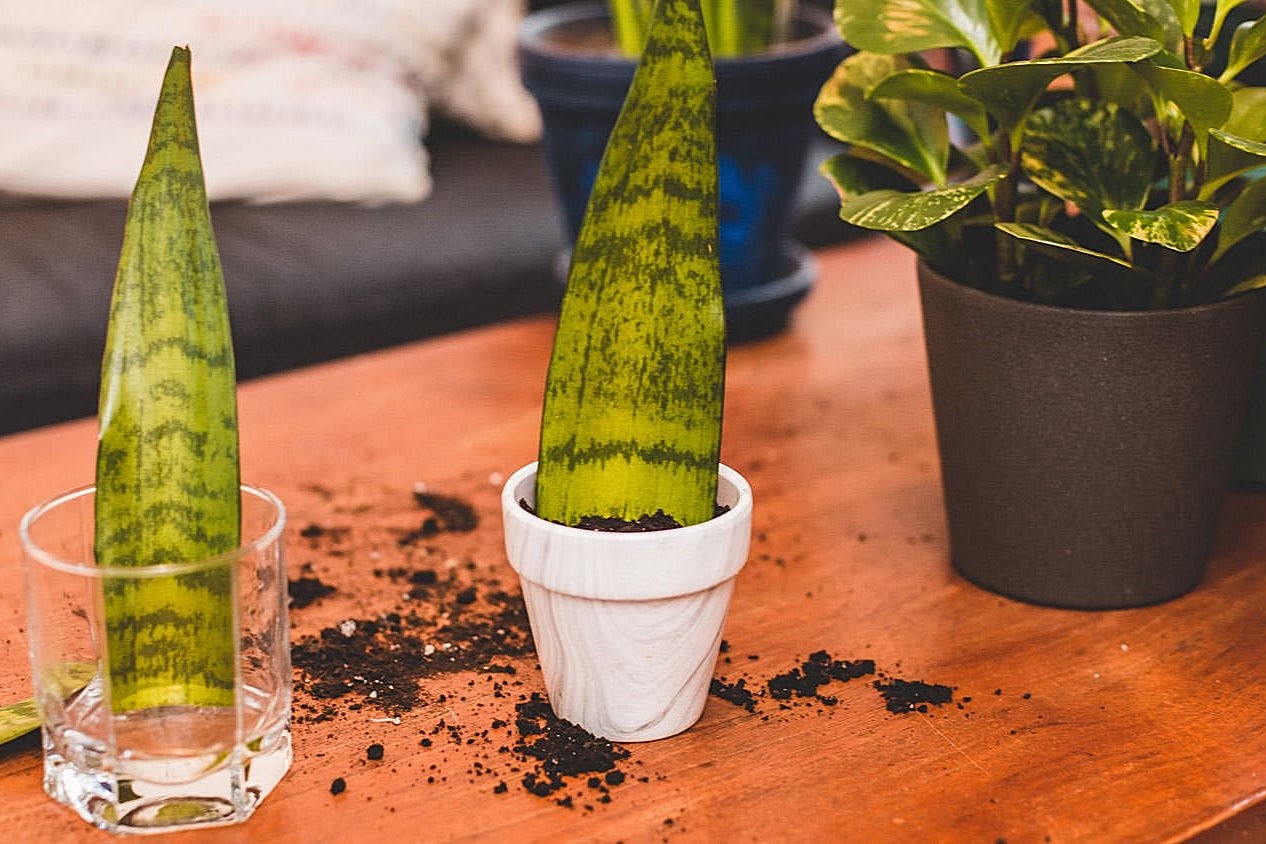

0 thoughts on “Indoor Rubber Plant Care Guide and Bold Foliage for Your Home”